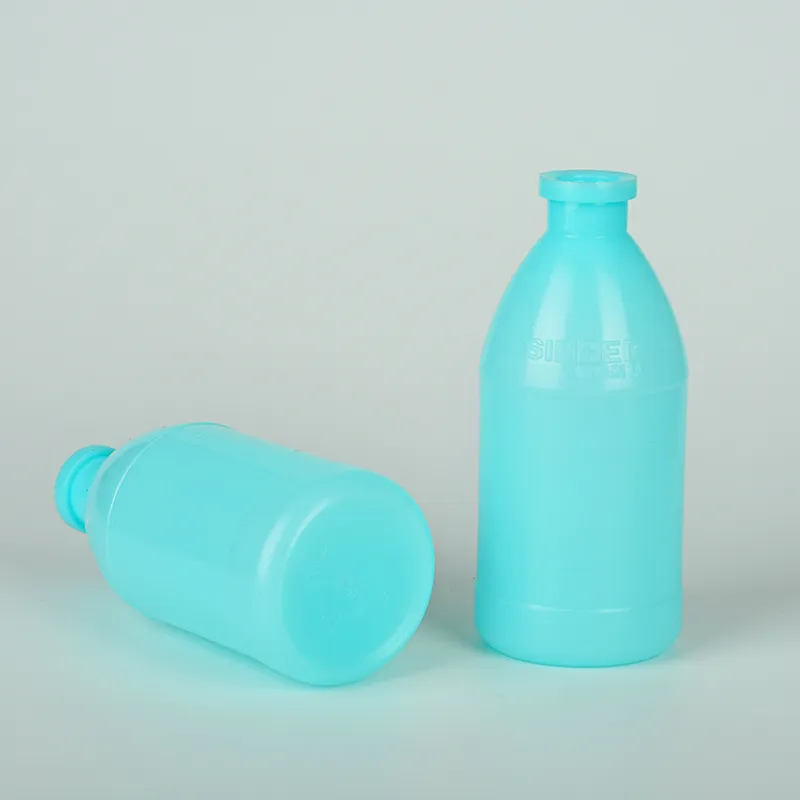https://www.wahmg.com/)">
reagent bottle uses and functions
reagent bottle uses and functions
The Versatile Uses and Functions of Reagent Bottles
Reagent bottles are essential tools in laboratories across various scientific disciplines. These bottles, typically made of glass or high-quality plastics, are designed to securely store and dispense various reagents used in chemical experiments, biological research, and analytical applications. Their importance cannot be overstated, as they not only preserve the integrity of the substances inside but also facilitate safe handling and user-friendly access. In this article, we will explore the various uses and functions of reagent bottles and their critical role in laboratory settings.
Storage of Chemicals
One of the primary functions of reagent bottles is to store chemical substances safely. Laboratories often deal with a wide range of reagents, including acids, bases, solvents, and biological materials. Reagent bottles provide a durable and chemically resistant container conducive to long-term storage. Depending on the properties of the reagents, laboratories can choose from different types of bottles, such as amber glass bottles that protect light-sensitive chemicals from degradation, or polyethylene bottles that are suitable for storing corrosive substances.
Dispensing Reagents
In addition to storage, reagent bottles are also designed for the efficient dispensing of chemicals. Many reagent bottles feature specialized closures, such as dropper tops or pour spouts, which allow for precise control over the amount of reagent dispensed. This precision is essential in many experimental protocols, where even slight variations in the quantity of a reagent can lead to significantly different outcomes. Using the appropriate dispensing technique helps ensure consistency and accuracy in experiments, contributing to the reliability of scientific results.
Labeling and Identification
Proper labeling of reagent bottles is crucial for maintaining safety in the laboratory. Each bottle must be clearly labeled with the name of the chemical, concentration, date of receipt, and expiration date. Good labeling practices help prevent mix-ups and ensure that researchers can quickly identify chemicals, reducing the risk of accidental exposure to hazardous substances. Furthermore, color-coding or using specific labeling formats can further enhance clarity and safety in busy laboratory settings.
reagent bottle uses and functions

Safety and Compliance
Safety is paramount in any laboratory environment, and reagent bottles play an essential role in maintaining compliance with safety regulations. Many modern reagent bottles are designed with safety features such as break-resistant materials, secure closures, and child-resistant caps. Using appropriate materials and following proper storage guidelines can minimize the risk of chemical spills and accidents. Additionally, regulatory compliance regarding the storage and disposal of hazardous materials is vital for any laboratory, and the use of certified reagent bottles helps ensure adherence to these regulations.
Versatility in Applications
Reagent bottles are not limited to chemical storage alone; they have versatile applications across various scientific fields. In chemistry, they hold catalysts, solvents, and other reactants needed for synthesis and analysis. In biology and biochemistry, they are used to store media, solutions, and enzymes. In environmental science, reagent bottles are essential for sample collection and preservation. This versatility makes reagent bottles indispensable across all branches of science.
Customization Options
Reagent bottles can be customized to fit the specific needs of different laboratories. Options vary in terms of size, material, closure type, and labeling methods, allowing scientists to select the most suitable bottle for their experimental requirements. For instance, larger quantities of reagents can be stored in bulk containers, while smaller, specialized versions are available for rare or expensive chemicals. Furthermore, researchers may find reusable reagent bottles ideal for sustainable laboratory practices, reducing waste and lowering costs.
Conclusion
In conclusion, reagent bottles are vital to laboratory operations, serving several crucial functions that enhance safety, efficiency, and reliability in scientific research. Their role in the storage, dispensing, and identification of chemicals is complemented by attributes that accommodate diverse applications across disciplines. As laboratories continue to advance and evolve, the importance of reagent bottles will only grow, ensuring scientists can work effectively and safely while pushing the boundaries of knowledge. Whether in academia, industry, or environmental studies, these bottles remain an essential fixture in the scientific toolkit, embodying the principles of precision, safety, and versatility.
-
Wholesale Plastic Juice Bottles with Caps 16 oz Options Available Bulk Packaging SolutionsNewsJun.10,2025
-
Laboratory Apparatus Reagent Bottle – Durable & Chemical Resistant Bottles for Safe StorageNewsJun.10,2025
-
Squeezable Dropper Bottles Durable, Leak-Proof & CustomizableNewsMay.30,2025
-
Affordable Plastic Petri Plates Sterile & Disposable Lab-GradeNewsMay.30,2025
-
Eye Dropper Caps Precision 24/410 & Plastic Bottle-Compatible TipsNewsMay.30,2025
-
Affordable Mini Spray Bottle Price & Wholesale Deals Shop NowNewsMay.29,2025





















